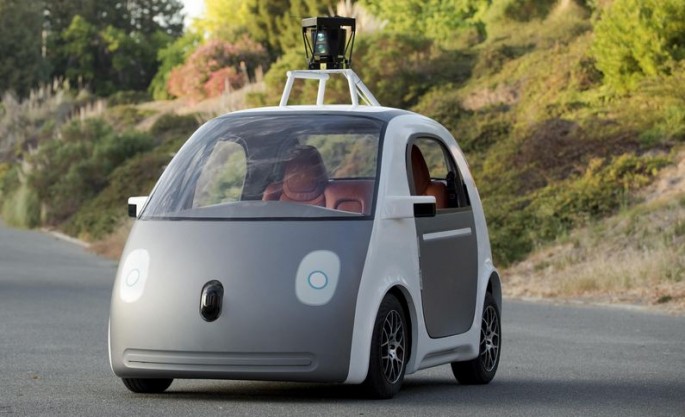Self-driving cars or autonomous vehicles do away with the main cause of vehicle smashups: the human driver.
And this makes them safer -- 90 percent safer -- than human driven cars, said a new study by McKinsey & Company.
This enhanced freedom from sudden death and injury is one of the many advantages the first generation of self-driving cars will bring by the 2030s. Just how safe are driverless cars expected to be on the road? Data being gathered today provides the answer.
Google's fleet of self-driving cars has traveled more than 700,000 miles without being involved in a single accident. And Volvo plans to design its future self-driving cars to eliminate deaths and serious injuries by 2020.
McKinsey predicts a 90 percent drop in crashes will result in savings of $180 billion in the U.S. on repair and health care bills alone.
There are also personal benefits from being a passenger in a driverless car. Not driving can restore 50 minutes a day to erstwhile drivers, who can use this time as a passenger to do other things like relax on the trip or work on the internet.
The study said the addition of just 50 more minutes could generate an additional $5.6 billion every year in digital sales. That's good for companies and the consumer, as well.
"People will be able to shop for services or products from their mobile devices or from embedded systems in the vehicle," said Hans-Werner Kaas, senior partner and head of McKinsey's automotive practice.
But self-driving cars aren't going to replace gas guzzlers in the short-term, however. McKinsey believes self-driving cars will be introduced in three phases over the next two decades.
Phase One, which will last until 2020, will see a limited impact of autonomous technology still in the trial stages.
Phase Two will see autonomous vehicles experiencing growing pains between 2020 and 2035 as the technology begins entering the mainstream. This will compel regulators around the world to craft rules regarding how these cars are developed, tested, approved and licensed.
Phase Three will come after 2040 and this will be the point where autonomous cars become our primary means of transportation.



























